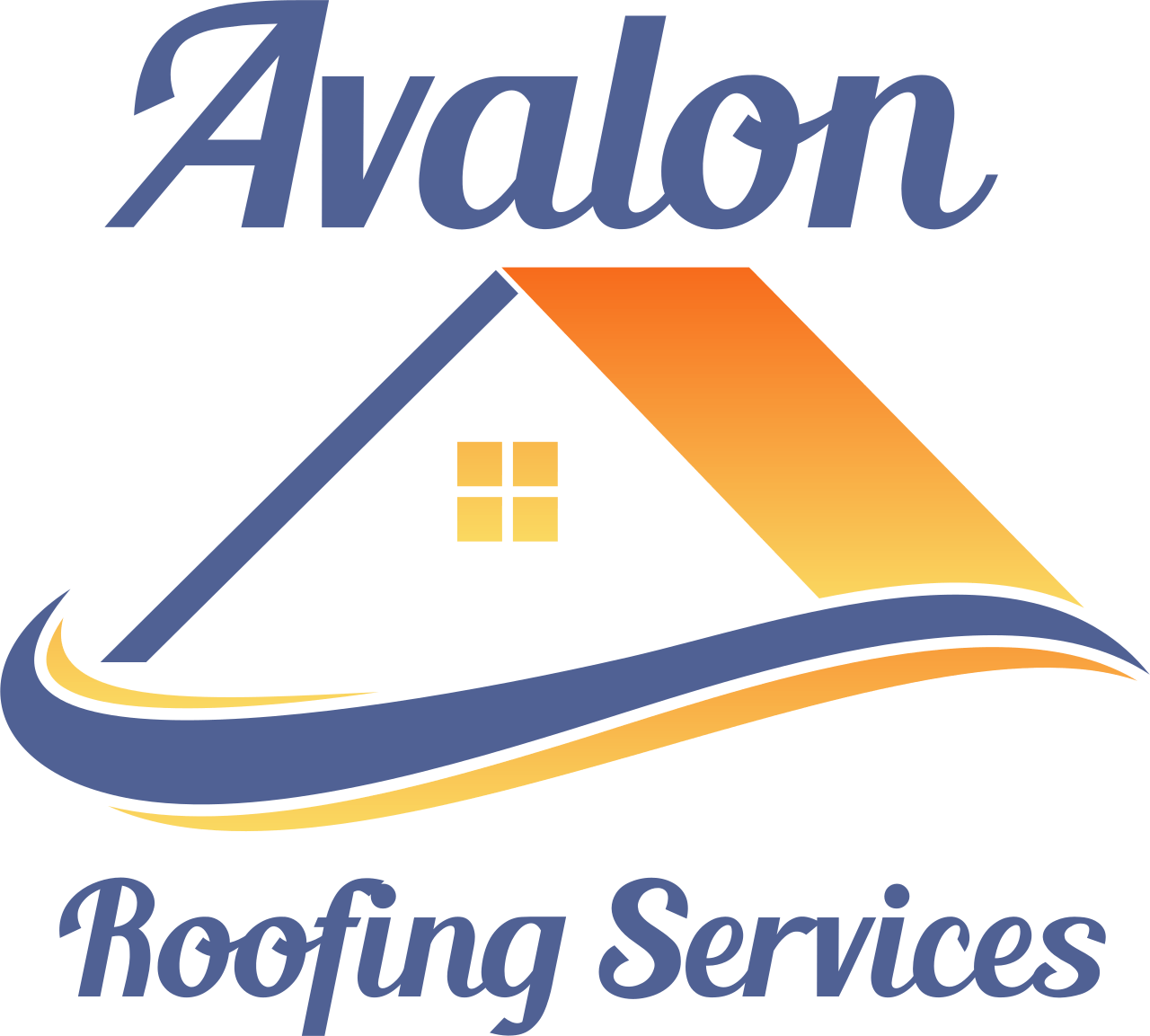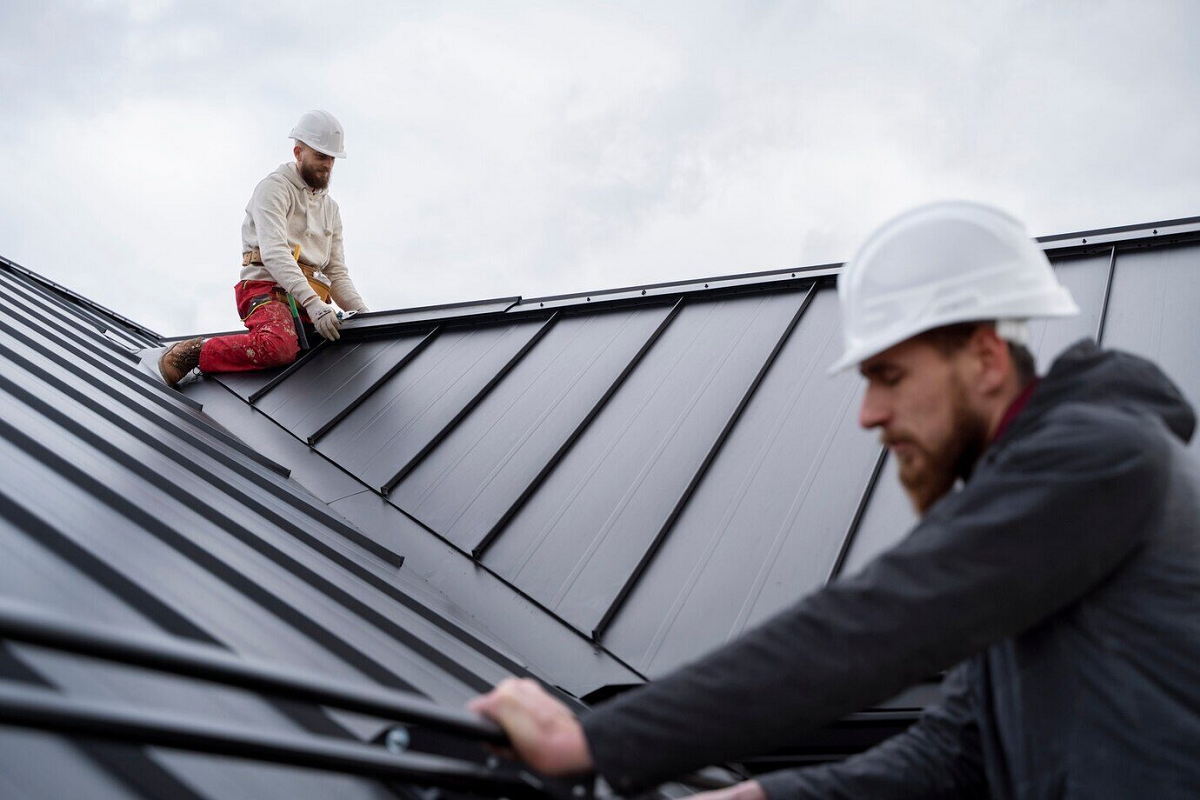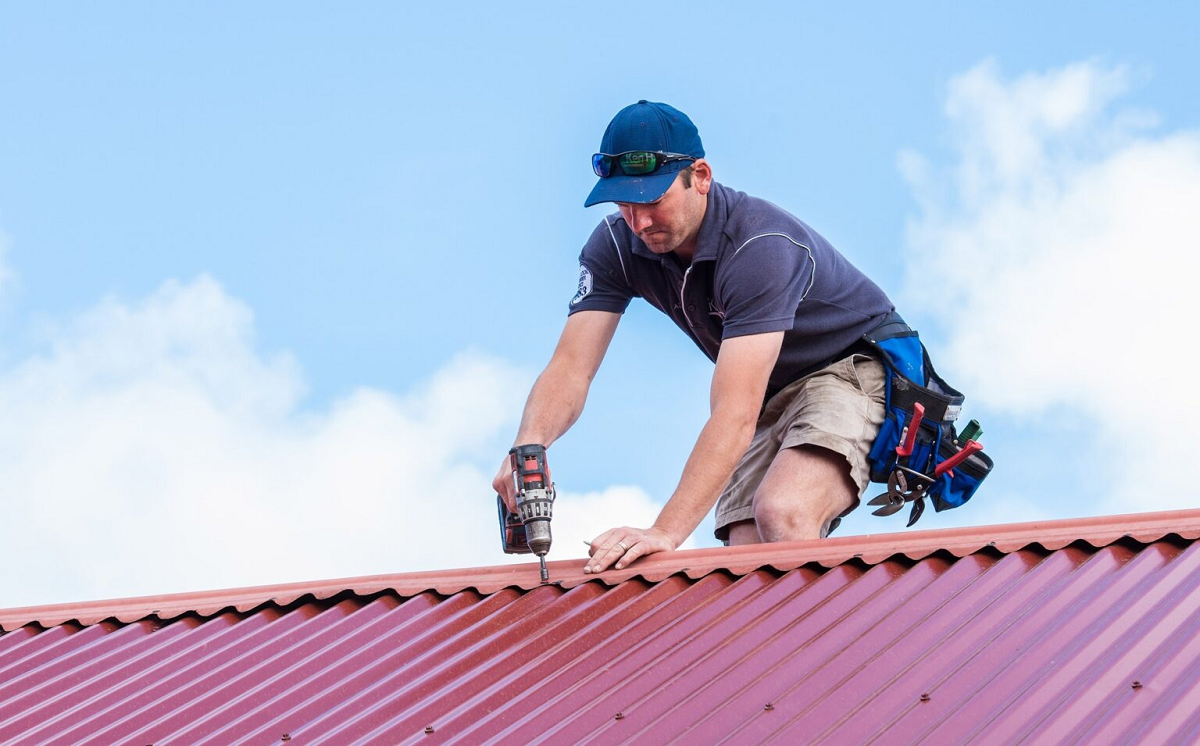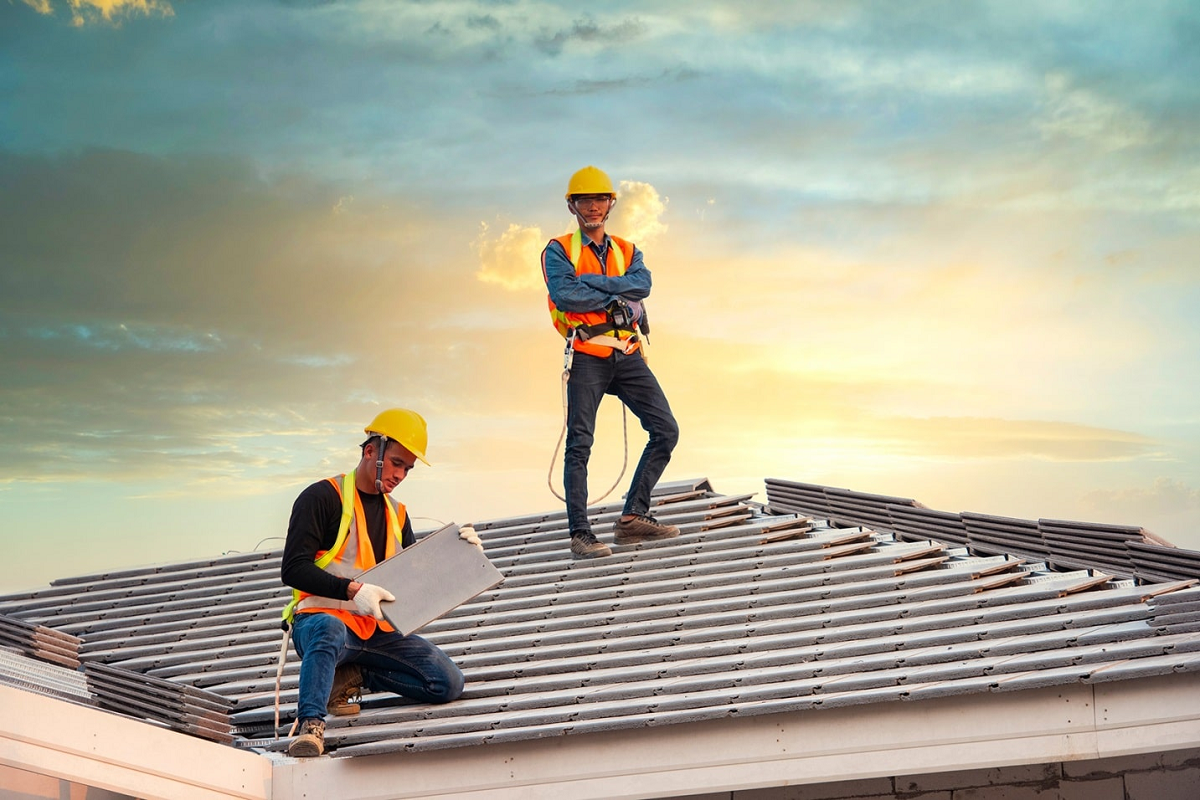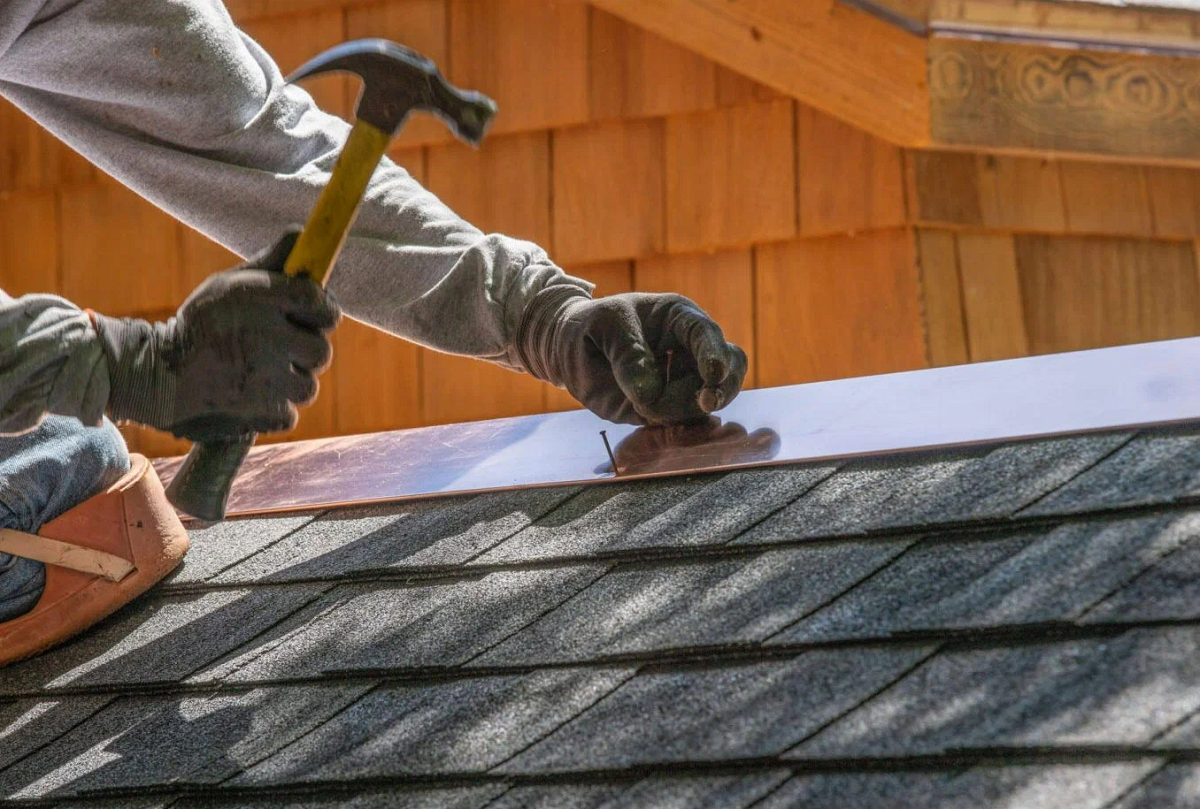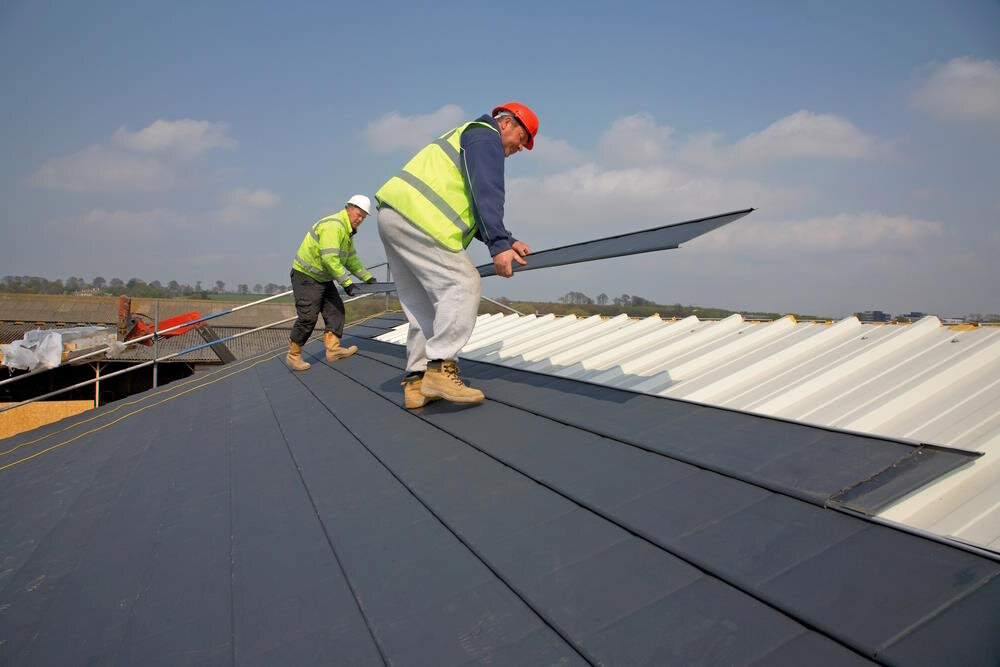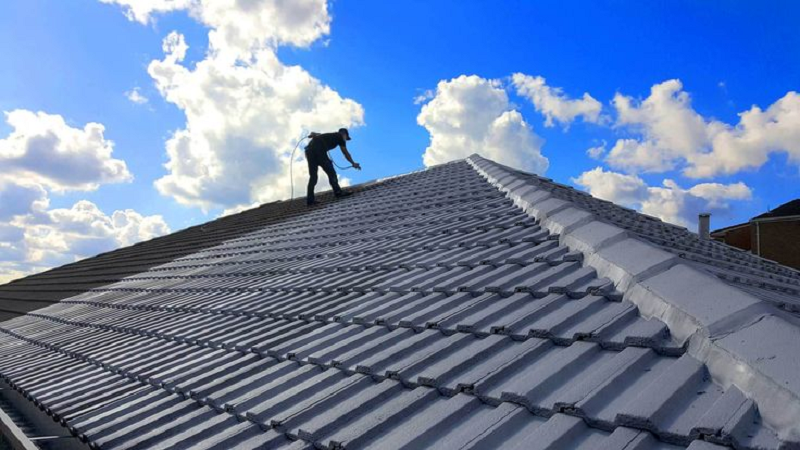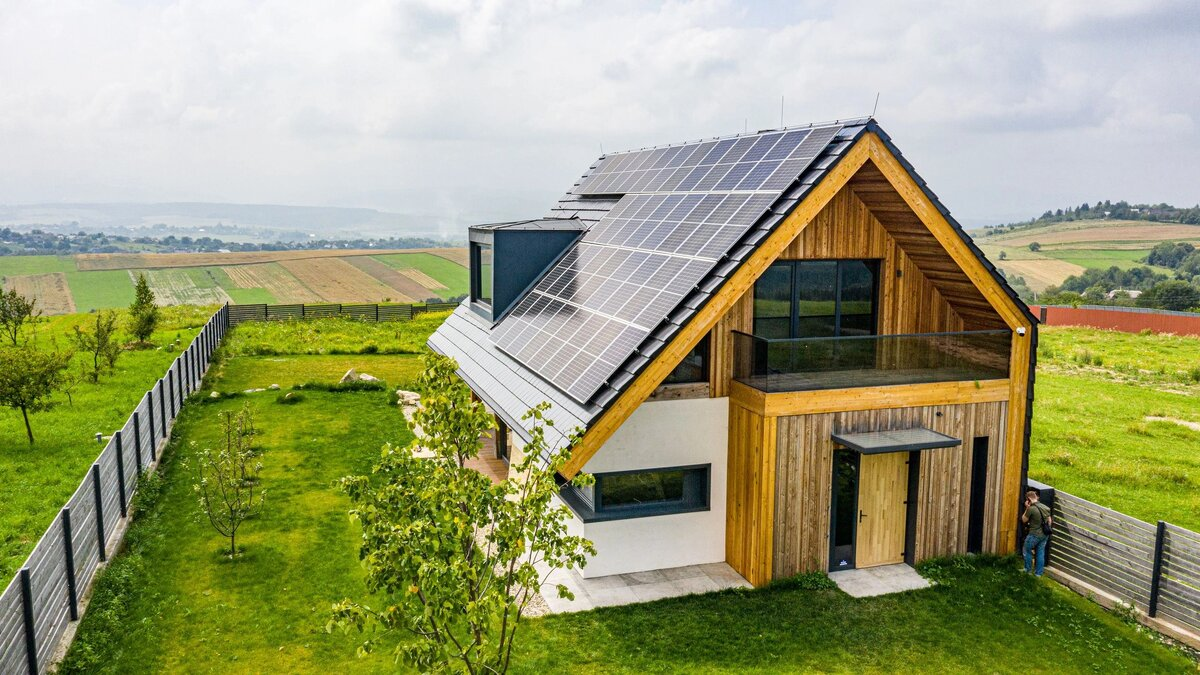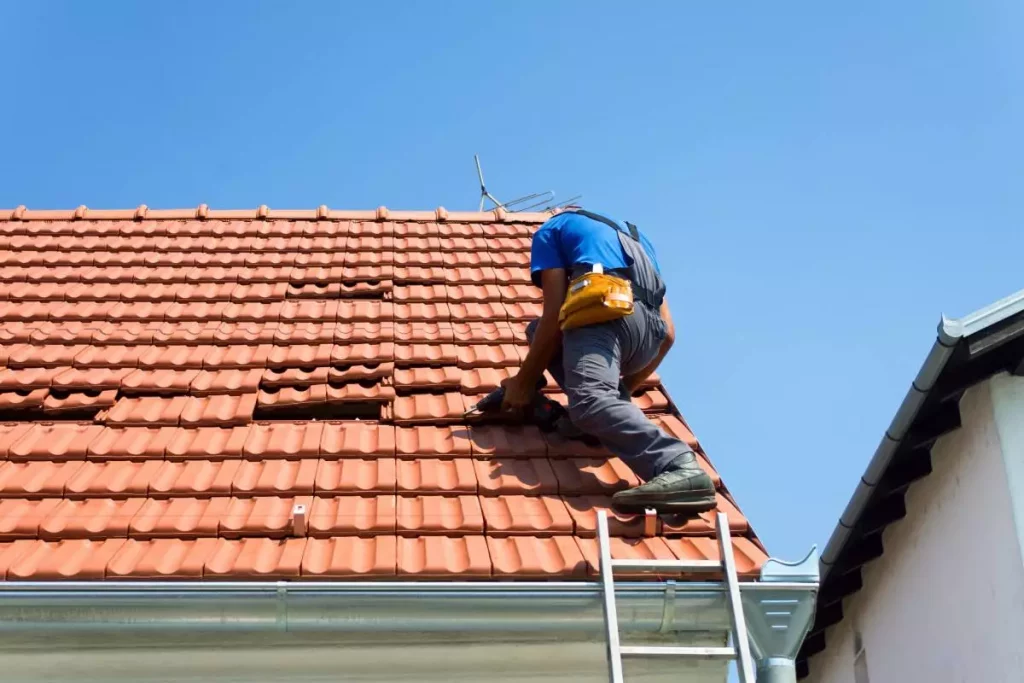Roofing Safety 101: Protecting Avalon Workers And Residents
Roofing is a critical aspect of any building's structure, protecting it from the elements and ensuring the safety and comfort of its occupants. However, the very nature of roofing work also presents numerous hazards for those involved, including workers and residents alike. In Avalon, where weather conditions can be unpredictable and challenging, ensuring the safety of roofing projects is paramount.
This blog aims to provide a comprehensive guide to roofing safety, specifically tailored to the unique challenges faced in Avalon. From understanding the risks associated with roofing work to implementing effective safety measures and emergency protocols, this guide will equip you with the knowledge and tools necessary to protect both workers and residents.
We will delve into the regulatory requirements governing roofing safety, including OSHA regulations and any local ordinances specific to Avalon.
Additionally, we will explore the importance of personal protective equipment (PPE) and safe work practices, as well as how to navigate weather considerations and emergency preparedness.
By prioritizing safety in roofing projects, we can not only prevent accidents and injuries but also contribute to the overall well-being of the Avalon community. Join us on this journey to learn more about roofing safety and how we can work together to protect Avalon workers and residents.
Importance Of Roofing Safety In Avalon
In Avalon, where the climate can be unpredictable and harsh at times, the importance of roofing safety cannot be overstated. The unique weather conditions, including heavy rainfall, strong winds, and occasional storms, can significantly impact the integrity of roofs and increase the risk of accidents for workers and residents alike. Ensuring roofing safety is not just about compliance with regulations; it's about protecting lives and property.
Roofing safety in Avalon is crucial for several reasons. First and foremost, it safeguards the well-being of workers who are often exposed to hazardous conditions at great heights. Falls from roofs are a leading cause of injury and death in the construction industry, and Avalon's weather conditions can further exacerbate these risks. By implementing proper safety measures, such as providing training, using appropriate personal protective equipment, and following safe work practices, the likelihood of accidents can be significantly reduced.
Additionally, ensuring roofing safety is essential for protecting the residents of Avalon. A well-maintained and secure roof not only provides shelter but also contributes to the overall safety and structural integrity of a building. Neglecting roofing safety can lead to leaks, collapses, and other issues that can endanger the lives and property of those living beneath the roof.
In conclusion, roofing safety is paramount in Avalon to protect workers, residents, and property. By prioritizing safety and adhering to best practices, we can create a safer environment for everyone in the community.
The Risks Of Roofing
- Falls: Working at heights is inherently risky. Roofers are at risk of falls, especially when working on steep or slippery surfaces. Avalon's weather conditions, such as rain or wind, can increase the risk of slips and falls.
- Weather Exposure: Avalon's weather, including high winds, rain, and extreme temperatures, can expose roofers to hazardous conditions. Prolonged exposure to these elements can lead to health issues such as hypothermia, heat exhaustion, or frostbite.
- Material Hazards: Roofing materials can be heavy, sharp, or contain hazardous substances. Handling and installing these materials without proper precautions can lead to injuries.
- Tool and Equipment Risks: Working with power tools and equipment poses risks such as cuts, lacerations, or crushing injuries. Improper use or maintenance of tools can increase these risks.
- Structural Risks: Roofing work may involve working on old or damaged structures, increasing the risk of structural collapses or accidents.
- Electrical Hazards: Roofers may encounter electrical components such as wiring or fixtures, increasing the risk of electric shock or fires if not handled properly.
- Chemical Exposure: Roofing materials, such as adhesives or coatings, may contain chemicals that can be harmful if inhaled or in contact with skin.
- Biological Hazards: Roofing work can expose workers to biological hazards such as mold, bird droppings, or pests.
Regulatory Requirements
- OSHA Regulations: OSHA has several standards that apply to roofing work, including the Fall Protection Standard, which requires fall protection measures for employees working at heights of six feet or more. This standard includes requirements for guardrail systems, safety net systems, and personal fall arrest systems.
- Hazard Communication: OSHA's Hazard Communication Standard requires employers to provide information and training to employees about hazardous chemicals they may be exposed to in the workplace, including those used in roofing materials.
- Personal Protective Equipment (PPE): OSHA's PPE standard mandates that employers assess the workplace for hazards that necessitate the use of PPE, provide appropriate PPE to employees, and ensure its use. This includes items such as hard hats, gloves, eye protection, and fall protection equipment.
- Training Requirements: OSHA requires employers to provide training to employees on various aspects of safety, including fall protection, ladder safety, and hazard communication. Training should be provided in a language and manner that employees understand.
- Electrical Safety: OSHA has standards for electrical safety that apply to roofing work, including requirements for grounding of equipment and protection from electrical hazards.
- Recordkeeping: OSHA requires employers to maintain records of workplace injuries and illnesses, as well as records of safety training provided to employees.
Personal Protective Equipment (PPE)
- Safety Harness and Fall Protection System: Workers should wear a properly fitted safety harness that is attached to a secure anchor point. A fall protection system, including lifelines and lanyards, should be used when working at heights.
- Head Protection: A hard hat should be worn to protect against head injuries from falling objects or bumps against low-hanging structures.
- Eye Protection: Safety glasses or goggles should be worn to protect against eye injuries from flying debris, dust, or harsh weather conditions.
- Footwear: Sturdy, slip-resistant boots with steel toes are essential to protect feet from sharp objects and provide stability on uneven surfaces.
- Hand Protection: Workers should wear gloves that provide a good grip and protect against cuts, abrasions, and punctures from handling materials and tools.
- Respiratory Protection: Respirators may be required when working with materials that produce dust, fumes, or other airborne particles.
- Clothing: Workers should wear appropriate clothing that covers the body and protects against cuts, abrasions, and harsh weather conditions. Reflective clothing may be necessary for visibility, especially in low-light conditions.
- Ear Protection: Earplugs or earmuffs should be worn in noisy environments to protect against hearing damage.
- Sun Protection: In sunny conditions, workers should wear sunscreen, hats, and lightweight, breathable clothing to protect against sunburn and heat exhaustion.
- Tool Lanyards: Tools should be secured with lanyards to prevent them from falling and causing injury to workers below.
Safe Work Practices
- Training and Supervision: Provide comprehensive training for all workers on roofing safety practices and ensure that a competent person supervises the work at all times.
- Use of Personal Protective Equipment (PPE): Require all workers to wear appropriate PPE, including hard hats, safety glasses, gloves, and non-slip footwear. Fall protection equipment, such as harnesses and lanyards, should be used when working at heights.
- Ladder Safety: Use ladders that are in good condition and set up according to manufacturer guidelines. Secure ladders at the top and bottom to prevent slipping, and never stand on the top two rungs of a ladder.
- Fall Protection: Install guardrails, safety nets, or personal fall arrest systems when working at heights. Ensure that all fall protection equipment is properly maintained and inspected regularly.
- Tool and Material Handling: Use proper lifting techniques to prevent strain injuries. Secure tools and materials to prevent them from falling off the roof and injuring workers or residents below.
- Weather Monitoring: Keep an eye on weather conditions and suspend work if there is a risk of high winds, lightning, or other hazardous weather conditions.
- Housekeeping: Keep the work area clean and free of debris to prevent slips, trips, and falls. Store materials and equipment in designated areas to avoid clutter on the roof.
- Communication: Maintain clear communication between workers, supervisors, and residents to ensure that everyone is aware of potential hazards and safety procedures.
Weather Considerations
- Weather Monitoring: Regularly monitor weather forecasts and updates, especially during the roofing project. Pay attention to changes in weather patterns that could indicate incoming storms, high winds, or other adverse conditions.
- Work Schedules: Plan roofing work around favorable weather conditions whenever possible. Avoid working during periods of heavy rain, strong winds, or extreme temperatures.
- Wind Safety: High winds can be particularly dangerous for roofers. Implement wind safety protocols, such as securing materials and equipment, and consider postponing work during periods of high wind.
- Rain Protection: Ensure that the roof and work area are properly protected from rain to prevent slips, falls, and water damage. Use tarps or temporary coverings as needed.
- Lightning Safety: If there is a risk of lightning, it is essential to have a lightning safety plan in place. This may include seeking shelter in a safe location until the storm passes.
- Heat and Sun Exposure: In hot weather, provide adequate shade, hydration, and rest breaks for workers to prevent heat-related illnesses. Use sunscreen and protective clothing to minimize sun exposure.
- Cold Weather Precautions: In cold weather, take precautions to prevent cold-related injuries, such as frostbite and hypothermia. Ensure workers are dressed appropriately and have access to warm shelter.
Community Safety
- Noise and Disturbance: Construction work can be noisy and disruptive. Contractors should communicate with residents about the timing and duration of noisy activities, such as roof repairs or replacements, to minimize disruptions to their daily lives.
- Debris Management: Proper debris management is essential to prevent hazards to residents and the environment. Contractors should have a plan in place for collecting and disposing of debris in a safe and responsible manner.
- Pedestrian Safety: If construction activities impact pedestrian pathways or sidewalks, contractors should provide alternative routes or ensure that pathways are safely navigable for residents.
- Traffic Management: Construction vehicles and equipment can affect traffic flow in residential areas. Contractors should coordinate with local authorities to minimize traffic disruptions and ensure the safety of residents and workers.
- Property Protection: Contractors should take measures to protect nearby properties from damage during construction, such as installing protective barriers or covering windows.
- Communication and Transparency: Maintaining open communication with residents throughout the project is essential. Contractors should provide updates on progress, address any concerns or complaints promptly, and ensure that residents are aware of any potential safety hazards.
In conclusion, prioritizing roofing safety is not just a legal requirement but also a moral obligation to protect both workers and residents in Avalon. By following the guidelines and tips outlined in this blog, we can significantly reduce the risks associated with roofing work and create a safer environment for everyone involved.
As we move forward with roofing projects, let's remember that safety should always come first. Let's invest in proper training, equipment, and planning to ensure that every roofing project in Avalon is completed without incident. Together, we can make a difference and ensure that every worker returns home safely at the end of the day.
Let's commit to making roofing safety a top priority in Avalon. Together, we can build a safer community for all.
